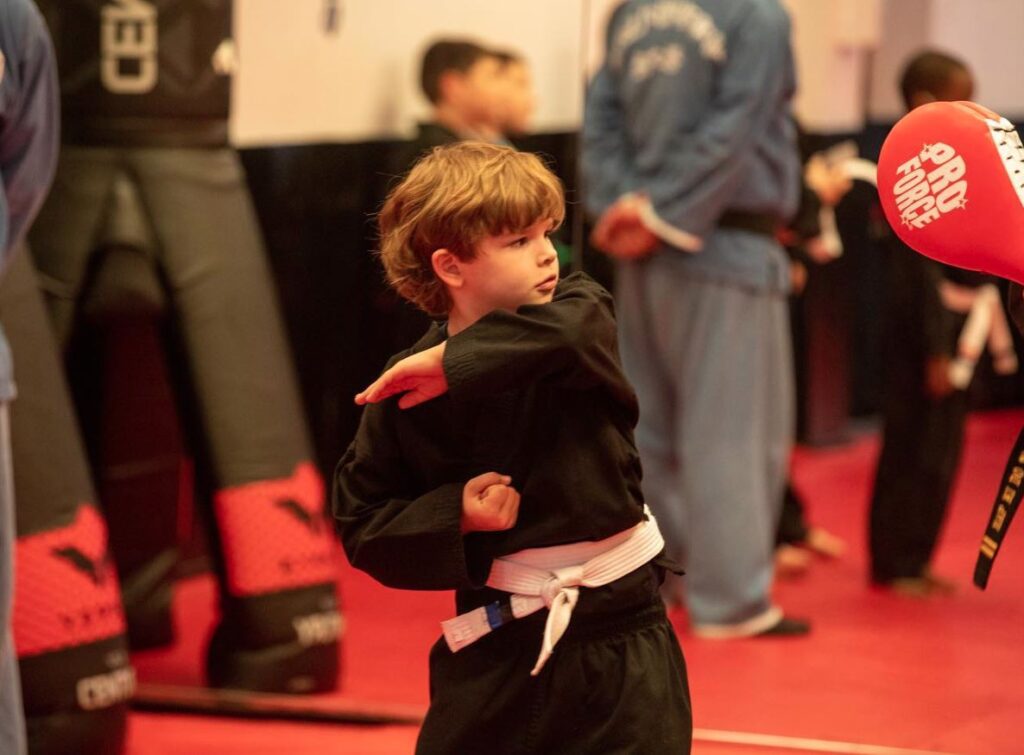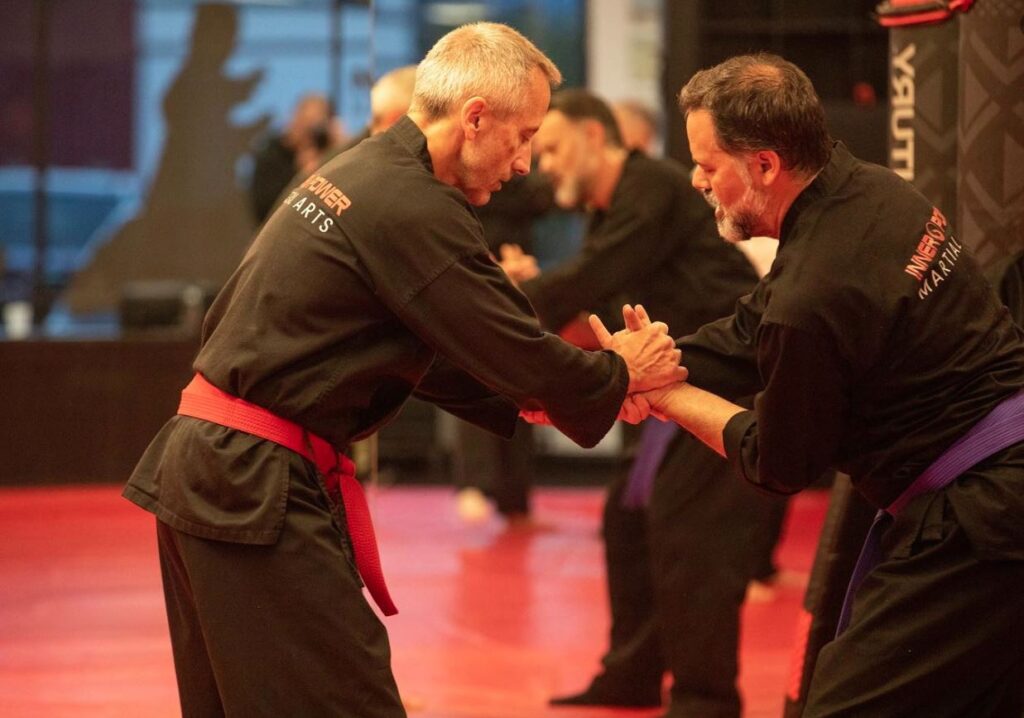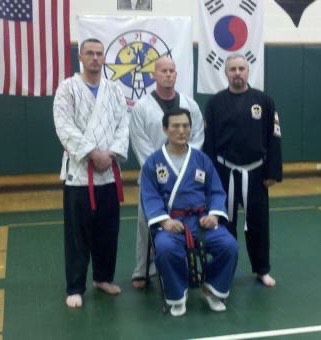
One of the questions I often get as a Hapkido School owner is “How many belts are there between white belt and black belt in Hapkido” That’s a great question! We all have goals and who wouldn’t want to know how long it would take them to reach black belt?
Different Martial Arts Styles Have Different Belts
There are many different styles of martial arts from karate to kung fu, judo and jujitsu ….all have a variety of different color belts. Just about every martial art style starts out with white belt as a beginner. The color signifies a pure beginning, the willingness to learn something new. I’ve always felt that white belt is perhaps one of most important belts in the Martial Arts. It shows you have courage to step on the mat at a martial arts school which can be intimidating for many beginners.
I have always strived to make my martial arts school in Howell, New Jersey super beginner friendly for both kids and adults. It’s important to feel welcome and not judged no matter what shape you’re in or your athletic ability, whether or not you’ve had prior Martial Arts experience it’s not really that important. We always welcome beginners with open arms!

Jung Ki Kwan Hapkido
In Hapkido there are many “Kwans” or different schools/styles but we follow the Jung Ki Kwan Hapkido syllabus, it’s true to how original Hapkido was taught by Choi Young Sul , Hapkido’s founder. More important than the actual number or color of belts you’ll earn as you study Hapkido is the fact that Hapkido teaches about 110 self-defense movements between white and black belt . These effective and power moves include joint manipulations, throws, off-balancing techniques and striking that students must learn. These are the basics that all advanced techniques after black belt are built on.
How Long Will It Take To Earn a Black Belt?
The length of time to learn these techniques depend on a lot on the students own ability to learn and the amount of time they have dedicated to their training and their ability to practice on a consistent basis. I’ve seen students in our Monmouth County martial arts school achieve black belts in as little as three years. Others have taken as long as seven years. It’s important to understand that everybody is different and not in competition with each other. Simply put, just enjoy the journey! You’ll absolutely love the physical and mental benefits as you learn.
The basic color system for Jung Ki Kwan Hapkido Belts
White belt, Yellow belt, Blue belt, Red belt, Purple belt and then first-degree Black belt. Color belts are called Gup ranks or Foundational ranks. The Black belt ranks are called ‘Dan’ ranks or Advance ranks. A lot of people are conditioned to believe because of TV and movies that the first Degree black belt is mastery of the martial arts. This is simply is not true, especially in Hapkido. First-degree black belt signifies that you have learned the fundamental basic skills and are ready to take your training to another level.
What Do The Stripes Mean on Hapkido Belts?
The stripes on Black Belts indicate the Dan rank level. For example, 2 stripes equals 2nd Dan. Stripes on colored belts are curriculum stripes. Students usually need four stripes to be eligible to test for next rank.
The black belt ranking system
First degree black belt, Second degree black belt, Third degree black belt.
The master level black belts are 4th degree , 5th degree, and 6th degree black belts.
Grandmaster ranking are 7th degree, and 8th degree Black Belts .
The founder of the Jung Ki Kwan is Grand Master Lim, Hyun Su who is the longest, living student of Hapkido’s creator Choi Young Sul. Grandmaster Lim is One of three men awarded the 9th degree Black belt from Founder Choi Young Sul and continues to spread Choi’s original Hapkido throughout the world today. The 10th degree is reserved for Hapkido’s founder Choi Young Sul (1904 -1986).

Interested in earning your own Hapkido belts?
Call 732-886-5556 or Contact Us Now
Frequently Asked Questions
Q: Is hapkido part of Korean martial arts?
A: Yes, hapkido is a Korean martial art. It is one of the “big three” Korean martial arts (the other martial arts being taekwondo and kuksool). Hapkido is a very versatile martial art that incorporates techniques from many different styles, including jujitsu and aikido.
Q: Is there a green belt in hapkido martial arts training?
A: Yes, there may be a green belt in the hapkido belt system. Belt colors signify a different level of expertise. The green belt may be the third-highest rank in the colored belt system and is awarded to students who have demonstrated proficiency in basic techniques and concepts.
Q: Why is there no brown belt in hapkido?
A: There is no brown belt in hapkido because the rank of brown belt is not recognized in hapkido.
